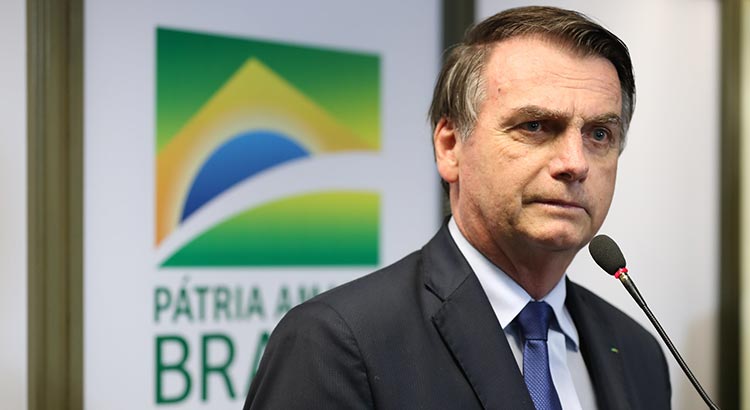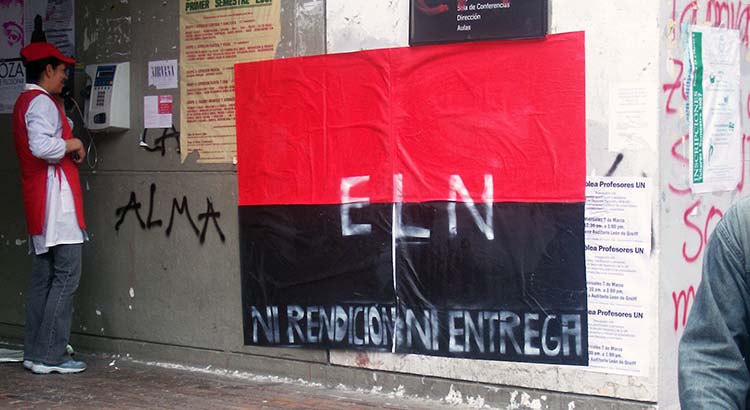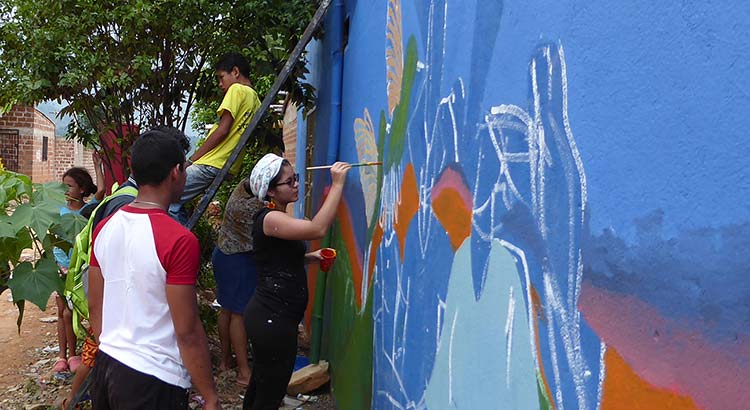In the last five years, Latin America has entered a new political era with indigenous peoples at the center of these changes. The new governments in the region are promoting revisionist policies regarding past state violence and implementing new policies of indigenous dispossession. However, the observable trend denying indigenous peoples their basic rights, and their participation on issues affecting them, is not only an issue of minority politics, it also draws broader fundamental civil rights and liberties into question.
Schlagwort: Kolumbien

La paz territorial en Colombia: No es sólo una cuestión rural
En el marco de las negociaciones de paz entre el gobierno colombiano y la guerrilla FARC-EP, que culminaron en un histórico acuerdo de paz a finales de 2016, la dimensión territorial del conflicto violento fue conceptualizada por primera vez como un problema central. Desde entonces, en Colombia se ha hablado del desafío de establecer una paz territorial. La idea básica es que la paz debe construirse desde abajo, en espacios locales concretos, y en procesos participativos. En este contexto, el concepto de paz territorial genera una serie de interrogantes. Este artículo analiza un punto ciego central: la importancia de las áreas metropolitanas en los que se encuentran numerosas víctimas del conflicto y que hasta ahora han recibido poca atención en el debate sobre la paz territorial.
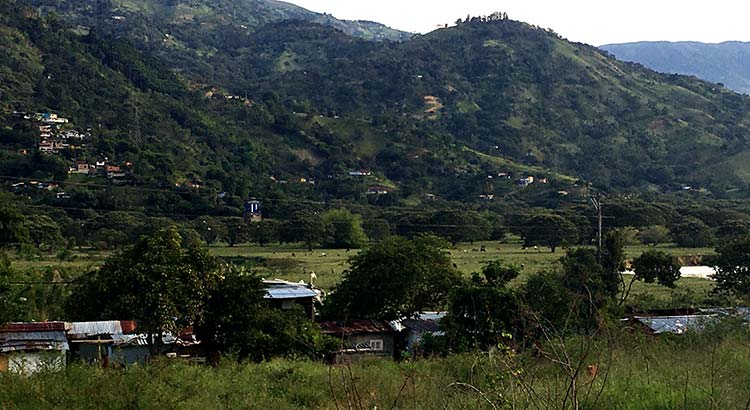
Territorial peace in Colombia: Not just a rural issue
Within the framework of the peace negotiations between the Colombian government and the guerrilla organization FARC-EP, which culminated in a historic peace agreement at the end of 2016, the territorial dimension of the violent conflict was conceptualized as a central problem for the first time. Since then, in Colombia, there has been talk about the challenge of establishing a territorial peace. The basic idea is that peace should be built from below, in concrete local spaces, in participatory processes. In this respect, the concept of territorial peace raises several questions. This article discusses a central blind spot: the importance of metropolitan areas in which numerous victims of the conflict can be identified and which have so far received little attention in the discussion about territorial peace.
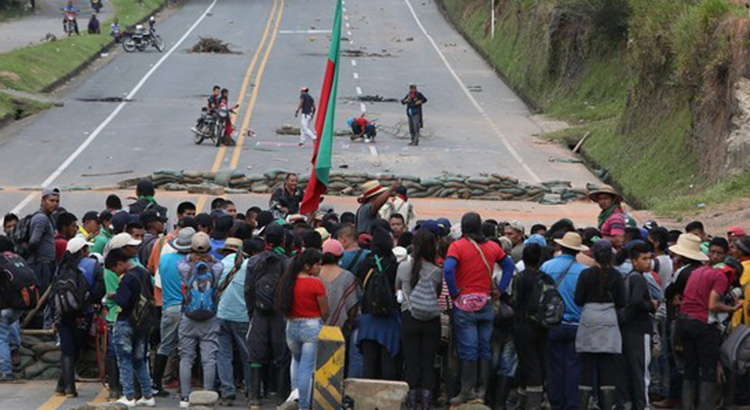
A punto de escalar: grupos indígenas se movilizan en contra del gobierno en Colombia
Desde el 10 de Marzo de 2019, grupos indígenas en el suroccidente Colombiano protestan. La actual radicalización de la Minga, demuestra no solamente la negligencia del gobierno y los temores de seguridad, sino que representa también un síntoma de los reclamos entre los grupos marginalizados: La Minga se convirtió rápidamente en un extenso movimiento con vías bloqueadas, en especial la vía Panamericana, con más de 20.000 personas involucradas y confrontaciones violentas con las fuerzas de seguridad nacional en los bloqueos. Esta movilización social en el medio de un conflicto violento con grupos armados está a punto de escalar violentamente, pero también ofrece una ventana de posibilidad para hacer presión al gobierno frente a nuevas reformas.

On the brink of escalation: indigenous groups mobilize against the government in Colombia
Since March 2019, indigenous people in the South-Western part of Colombia mobilize. Systematic neglect by the government and security fears have contributed to widespread grievances among marginalized groups in the country, explaining the radicalization of the Minga in the last weeks: It quickly became a broad movement with road blocks at the crucial Panamericana road with more than 20.000 people involved and violent confrontations with security forces. Given the specific setting with social mobilization in the midst of an ongoing conflict with armed groups, the Minga is on the brink of violent escalation. But it also offers a window of opportunity to pressure the government to further reforms.
War returns to Colombia
On January 17, the National Liberation Army (ELN) attacked the General Santander Police Academy in Bogota, resulting in 21 deaths and more than 70 wounded. Beyond the sheer number of victims, the attack is notable because it targeted a well-protected facility in the heart of the Colombian capital. In the wake of the attack, the government definitively ended the faltering peace negotiations with the ELN in Cuba.
De regreso a la guerra en Colombia
El pasado 17 de enero, un atentado del Ejército de Liberación Nacional (ELN) en la Escuela de Policía General Santander en Bogotá, resultó en 21 muertos y más de 70 heridos. Más allá del número de víctimas, el ataque se destaca por ser una acción sin precedentes contra una instalación bien protegida en el corazón de la capital colombiana. Ante este ataque el gobierno dió fin definitivo a las vacilantes negociaciones de paz entre el ELN y el gobierno colombiano que se habían estancado en Cuba.
Reducing the gender gap in the Colombian peace implementation: the participation of homemakers in the local peacebuilding
The peace agreement between the Government of Colombia and the Revolutionary Armed Forces of Colombia (FARC) has been considered as one of the most inclusive peace agreements. However, in comparison to men, women are engaging less in participatory peace implementation mechanisms, such as community meetings that identify needs and projects to develop conflict-affected regions. An analysis of survey data reveals that not all women, but particularly those that self-identify as homemakers, tend to participate less in civic organizations that promote engagement in community meetings.
